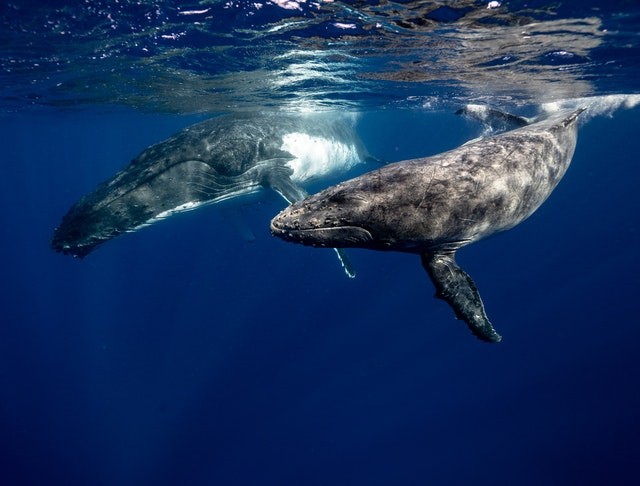The vaquita marina can be found only in Mexico. It is the planet's most critically endangered sea mammal, its survival is been threatened by a harmful clash of interests between fishing and conservation. Experts estimate there may be less than a dozen remaining in the wild.

The World's Aquarium
The marine explorer, Jacques Cousteau, called the Sea of Cortéz, which is also known as the Gulf of California, "the world's aquarium." A silvery-colored porpoise possessing wide, panda eyes is one of its treasures. But the days of vaquita may be numbered due to the unlawful fishing for totoaba (another protected species).
Totoaba, a fish that can develop as big as a vaquita, was a source of food before it was added to Mexico's endangered list. "In the 60s and 70s, we used to capture it," president of a fishing federation in the coastal town of San Felipe, on the peninsula of Baja California, Ramón Franco Díaz, recalls. "Then the Chinese came along with their suitcases that were filled with dollars, and bought our consciences."
Totoaba's Swim Bladder
They came in need of the swim bladder of totoaba, their swim bladder assists the fish in staying buoyant. It is highly prized for its perceived - but unconfirmed- medicinal possessions in China. In China, 10-year-old dried swim bladders can be sold for $85,000 (£60,000) a kilo, according to the Earth League International NGO. San Felipe fishermen make just a little fraction but in an undeveloped community, trading of "cocaine of the sea" has accelerated.
Mr. Franco Díaz said: "The unlawful fishermen - the illegal elements - are so powerful that during the day you can spot them with their unauthorized nets and totoaba." Every afternoon during the season, pick-up trucks dragging fishing boats backpedals down the concrete slipway of the public beach in town and into the sea. These crafts are mostly illegal, and their crew makes use of nets that can kill the vaquita.

The Dangerous Gillnet
To safeguard the vaquita, all gillnets are prohibited in the upper Gulf. However, they are generally used, even fishermen use them with permits for prawns or halibut. Mesh size differs with the catch, and the most dangerous to the vaquita are gillnets with wide mesh used for totoaba.
Off San Felipe's coast, all commercial fishing is meant to be banned inside the Vaquita Protection Refuge - an area bigger than 1,800 sq km. The inner part of the refuge is a smaller area of Zero Tolerance.
Museo de la Ballena backs a handful of fishermen that has an interest in putting a stop to gillnets reliance, and it sponsors alternatives to fishing like the cultivation of oyster. It is also one of the NGOs that took off gillnets from the safeguarded area. This is an activity that has rapidly increased tensions between conservationists and locals.
Related Article : Vaquitas Spotted! Critically Endangered Porpoises Persevere
For more news, updates about Vaquitas and similar topics don't forget to follow Nature World News!
© 2025 NatureWorldNews.com All rights reserved. Do not reproduce without permission.





